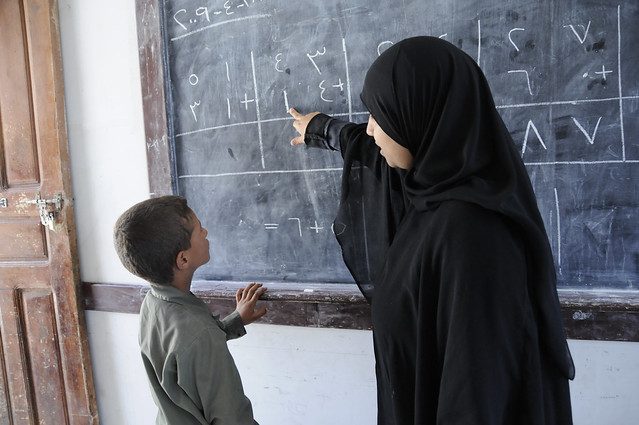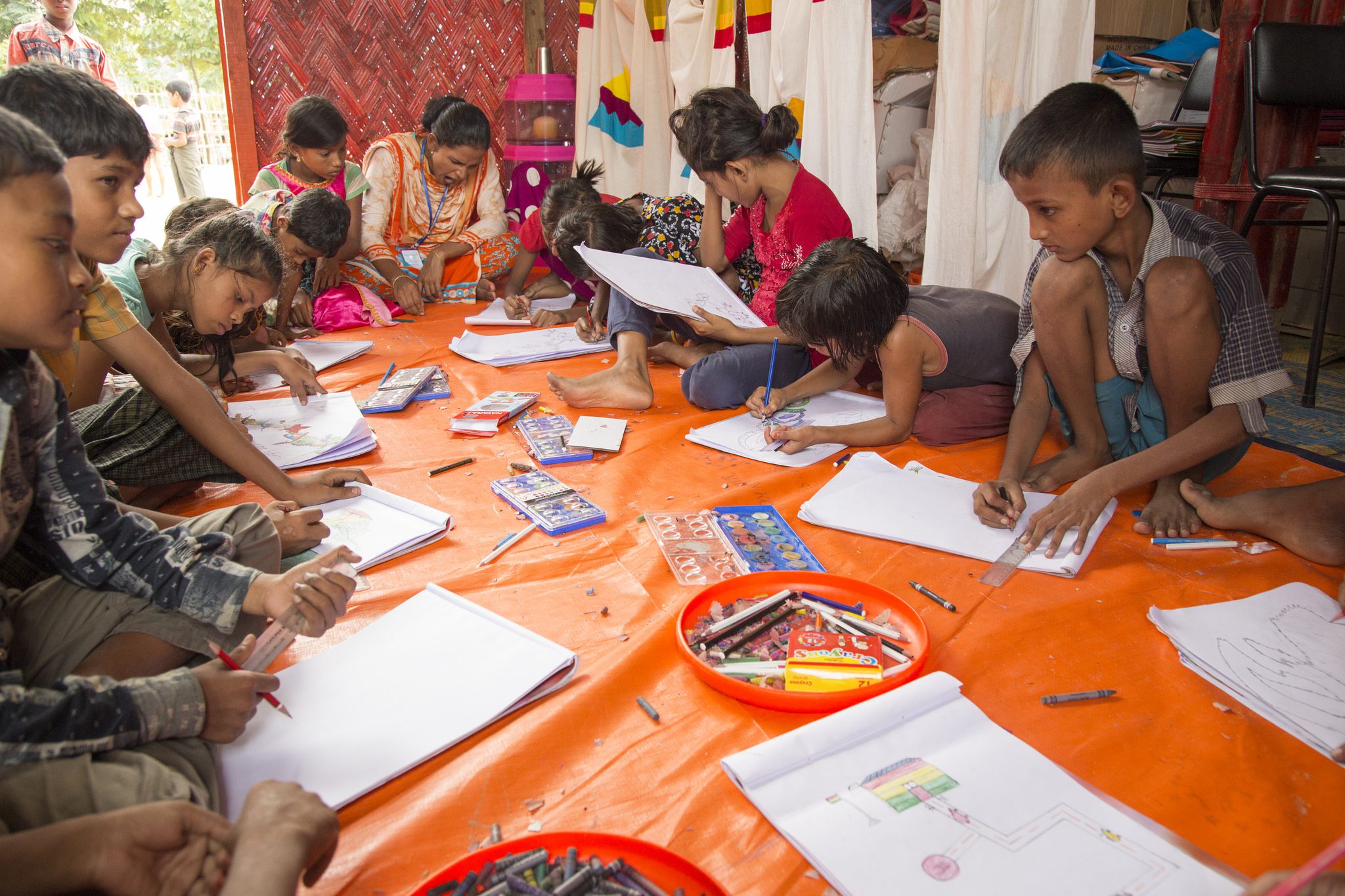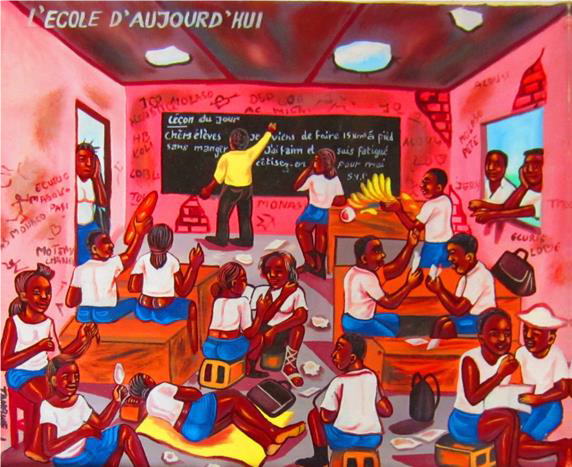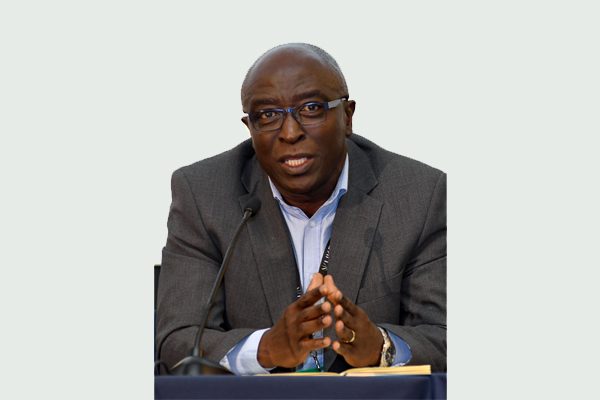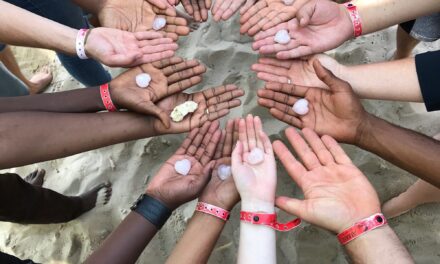This blog was written by Angela Little, Professor Emerita at the University College London Institute of Education and UKFIET Trustee. Angela will be presenting at the September 2019 UKFIET conference on inclusive education systems.
The United Nations advanced 17 global goals for ‘sustainable development’ in 2015 (SDGs). These were accompanied by 169 Targets and 304 Indicators. Goal 4 aims to ‘Ensure inclusive and equitable quality education and promote lifelong learning opportunities for all’. Its first target is to ‘ensure that all girls and boys complete free, equitable and quality primary and secondary education leading to relevant and effective learning’. The evidence required to assess progress towards the achievement of this target is the:
Proportion of children and young people: (a) in grades 2/3; (b) at the end of primary; and (c) at the end of lower secondary achieving at least a minimum proficiency level in (i) reading and (ii) mathematics, by sex.
The Global Alliance to Monitor Learning (GAML) aims to support the development of indicators and, crucially, to develop the methodological tools and standards needed to ensure global comparability. This is a mammoth exercise involving countless stakeholder groups and experts skilled in the complex task of valid, reliable and fair assessment of student learning. It is also a quest that involves commercial interests which have much to gain from an ever-expanding global testing business.
Assessment serves many purposes – selection of students for further education and jobs, accountability of teachers and schools, monitoring of system and school performance over time, and, last but not least, the improvement of learning. These distinctions are important because they influence the technical design of assessments. But they are frequently forgotten, and assessments designed for one purpose are often appropriated for other purposes. Moreover, the SDG discourse frequently elides system-level analysis and individual diagnosis of students’ learning needs. Fundamental questions concerning the languages of teaching and learning at school and home are glossed over, as is engagement with national and local curricula goals and pedagogies that shape learning.
SDG 4 Target 4.1 is intended to improve the learning outcomes of all children and young adults. But the work of the GAML is about monitoring learning, not improving learning. And it aims to create ‘evidence’ that compares the progress of whole education systems, not individual learners. System-evidence will be based on thousands, if not millions, of assessments of individual learners at single points in time. That is true, but how, if at all, will that evidence be used to enable teachers and learners to improve the learner’s learning? And how will assessments be carried out with the children who are out of school and not yet included in the system?
Assessment is important for student learning and some types of assessment and examination systems enable individual countries to assess the status of their system. But the questions I will pose at the conference are ‘why is it necessary to create internationally comparable assessments, whose interests are these assessments designed to fulfil, and how can learning be assessed in systems that aim to be inclusive and promote learning?’

